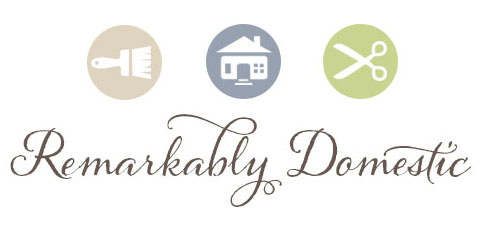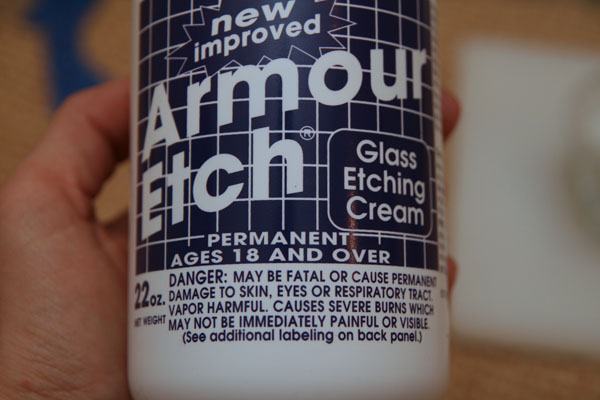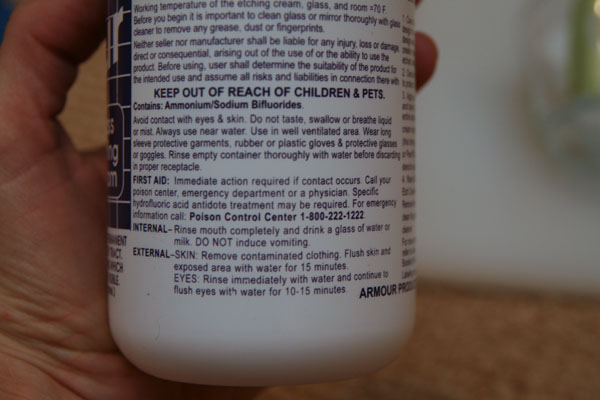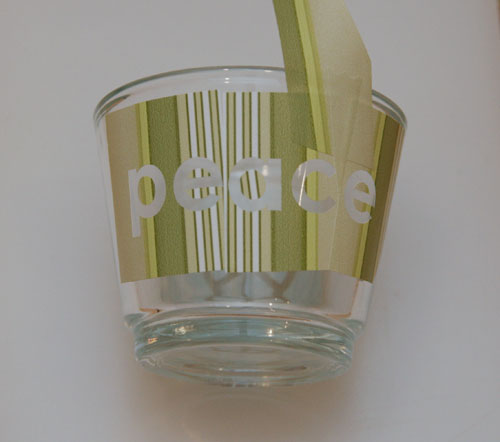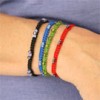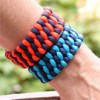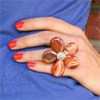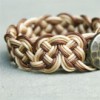Good grief, people. I haven’t been this terrified of a craft since candlemaking threatened to set my curtains on fire.
Etching cream is like strychnine or Cobra venom or Pufferfish. This crap can kill you pretty easily, if you believe the label on the jar.
When the first four words you encounter are “DANGER: MAY BE FATAL,” you get a little jumpy. I’ve never seen a craft product with an age minimum on it, either. Not only is the vapor harmful (and vapor seems so insidious, too!), but you may even get a severe burn without even knowing it. Holy bananas, what have I gotten myself into?
But there’s more.
You’d think this stuff was Happy Fun Ball. You must:
- avoid contact with eyes
- avoid contact with skin
- always use near water
- use in a well-ventilated area
- wear long-sleeve protective garments
- wear protective glasses
- wear gloves
- rinse the container before throwing it out
- take IMMEDIATE action if you come into contact with the stuff, ’cause you might need AN ANTIDOTE
And, just to up the ante a little more, up above they relinquish all their liability: ”Neither seller nor manufacturer shall be liable for any injury… arising out of the use of the product…. Before using, user shall determine the suitability of the product for the intended use and assume all risks and liabilities.”
Bloody Hell, I am afraid to be in the same zip code as this stuff. And by the way, this junk is expensive. Probably to fund their lawsuit-defense account.
But, spare no risk for Martha, so off I go.
I bought some tea light candle holders at Ikea and some glasses at Crate and Barrel. I decided to start with the candle holders, and I designed each one to have a word on one side and an image on the opposite side. So, “peace” with a peace sign, “joy” with a little starburst, and “love” with, obviously, a heart.
I cut these out with my Silhouette, which allowed me to make some more elaborate designs. I used some Contact paper that I bought at the drugstore to make the stencils.
Once you’ve got your stencil on there, you paint the etching cream on and hope it doesn’t kill you.
Martha recommends that you simply “follow the manufacturer’s instructions,” which I did. It tells you to paint it on and then let it sit for five minutes. The result was not as profound as I expected:
See how there are some areas that didn’t quite get etched? And it isn’t etched very deeply or darkly.
The “peace” looks a little better, but it still has some areas that got missed. And I think I painted it on pretty evenly.
For the “joy” one, I decided to leave the cream on for thirty minutes. I fully anticipated that blatant disregard for the instructions to bite me in the ass, but it seemed relatively harmless.
And this time, the etching did seem to come out more evenly, although it still didn’t seem all that dark.
So, for my next set of etching, I went CRAZY and let the cream sit for TWO HOURS. It seemed to work better.
The drinking glasses I etched are in reverse stencil, so that everything but the image is frosted. This is per Martha’s example. And I did it, like she did, on the bottom of the glasses, so you can see it when you look in the glass.
What Martha did NOT suggest, and I recommend, is that you tape off the bottom of the glasses so that you don’t get any cream on the sides.
Slather on your cream and you are good to go.
This time, I think they turned out pretty well.
TIME INVESTED
It took about an hour to set up the stencil, put it on the glasses, tape the glasses up and apply the etching cream.
Active time: 1 hour
Inactive time (letting the cream sit): 2 hours
Total time: About 3 hours
DIFFICULTY
Moderate
TOTAL COST
This etching business is expensive.
- etching cream, 22 oz, $36.25
- Crate and Barrel Biggs Double glass, 13 oz, $3.95 each x 4 = $15.80
- Contact paper roll, $9.95
Total cost = $62.00
Caveat here: I have enough etching cream to frost all the windows in the White House, I fear. I bought the 22 oz only because it was the only option at Michaels; it does come in smaller sizes. I also have Contact paper coming out the wazoo. So, if you invest in these items, you can etch til doomsday, probably.
WAS IT WORTH IT?
Well, that’s tough. I’m not sure if I’m going to have any long term injuries from the project. I have a cough right now, that, granted, started before I was etching, but now I’m freaked out that I’ve etched my lungs or my esophagus or something. So, if you are not willing to take on the liability that Armour Etch lays on you, no. But the glasses look pretty cool, and you could make some nice wedding gifts with the technique. I think the glasses I made were worth it.
One more etching project and then we move on. I hope I can survive it with all my body parts intact.
